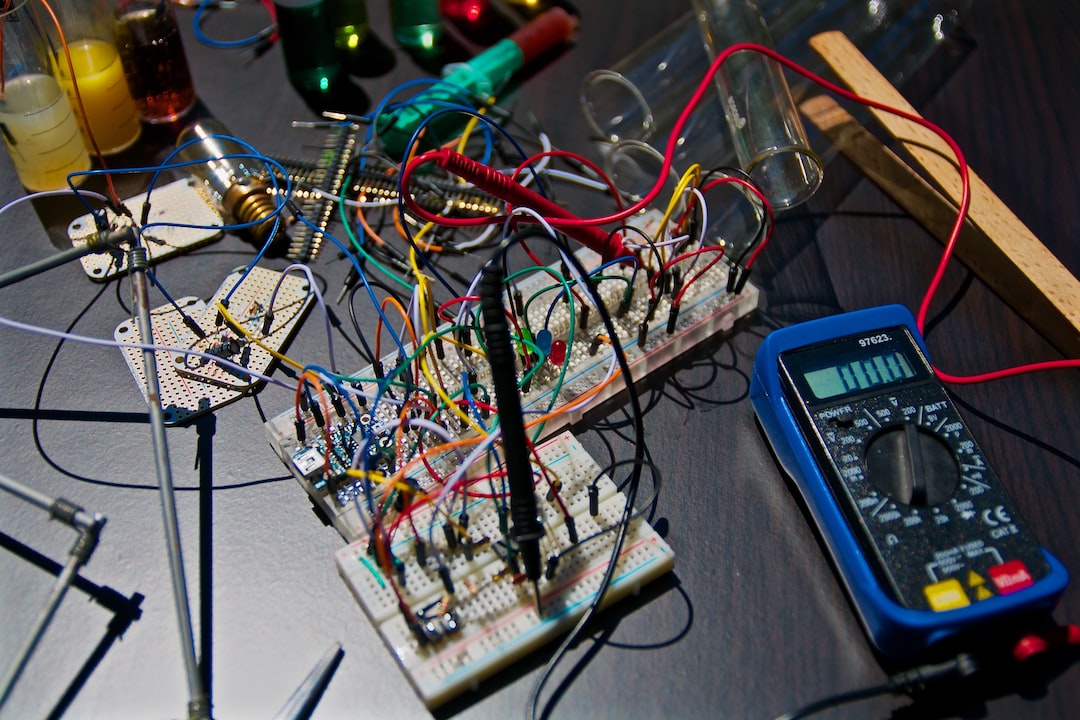Exploring the Potential Risks and Benefits of Biometric Technology
In the modern era, technology has evolved at an unprecedented pace, reshaping various aspects of our lives. Biometric technology, in particular, has gained significant popularity in recent years. By utilizing unique physical and behavioral traits, biometrics offers a more secure and convenient method of identification and authentication. However, as with any advancement, there are both risks and benefits associated with its use.
Starting with the benefits, biometric technology has revolutionized the way we authenticate ourselves. Gone are the days of relying on passwords that can be easily hacked or forgotten. Biometrics relies on unique physical characteristics, such as fingerprints, iris patterns, or even facial recognition, making it extremely difficult to forge or replicate. This ensures a higher level of security, especially in scenarios where sensitive information or valuable assets are involved. Biometrics also provide a more convenient and user-friendly experience, eliminating the need to remember multiple passwords or carry physical identification cards. With a simple scan or touch, individuals can gain access to secured areas or perform tasks that require authentication.
Biometric technology has also found numerous applications in the healthcare industry. It has proven to be valuable in patient identification, reducing the chances of medical errors and ensuring accurate treatment. Additionally, biometrics can be used to monitor vital signs in real-time, leading to earlier diagnosis and intervention. This technology not only improves patient care but also streamlines administrative tasks, saving time and resources. Moreover, biometrics can aid in identifying individuals with certain genetic predispositions, allowing for more targeted prevention and management strategies.
However, despite its potential benefits, biometric technology also presents several risks that warrant careful consideration. One of the primary concerns is the issue of privacy and data security. Since biometric information is deeply personal and cannot be changed once compromised, any data breaches could have severe consequences. Organizations that collect and store biometric data must implement robust security measures to protect against unauthorized access or misuse. Additionally, clear policies and regulations need to be in place to govern the collection, storage, and usage of biometric data, ensuring transparency and accountability.
Another risk associated with biometric technology is the potential for discrimination and bias. Studies have shown that certain biometric systems, including facial recognition, may have higher error rates in recognizing individuals from certain racial or ethnic backgrounds. This can lead to unjust treatment or exclusion for individuals belonging to these groups. Therefore, it is crucial to continuously monitor and evaluate the accuracy and fairness of biometric systems to mitigate any biases.
Lastly, there are concerns about biometric technology being used for surveillance purposes. The ability to track and monitor individuals through their unique biometric markers raises worries about an invasion of privacy and the potential for abuse by governments or other entities. Striking a balance between security and personal freedom becomes essential in preventing the misuse of biometric technology.
In conclusion, biometric technology offers numerous benefits, such as improved security and convenience, particularly in identification and authentication processes. It has the potential to enhance various industries, including healthcare. However, careful consideration of the associated risks is essential. Privacy and data security, along with the potential for discrimination and surveillance, should be addressed through robust regulations and ethical practices. Only through responsible use can biometric technology truly fulfill its potential in serving society while safeguarding individual rights and liberties.

